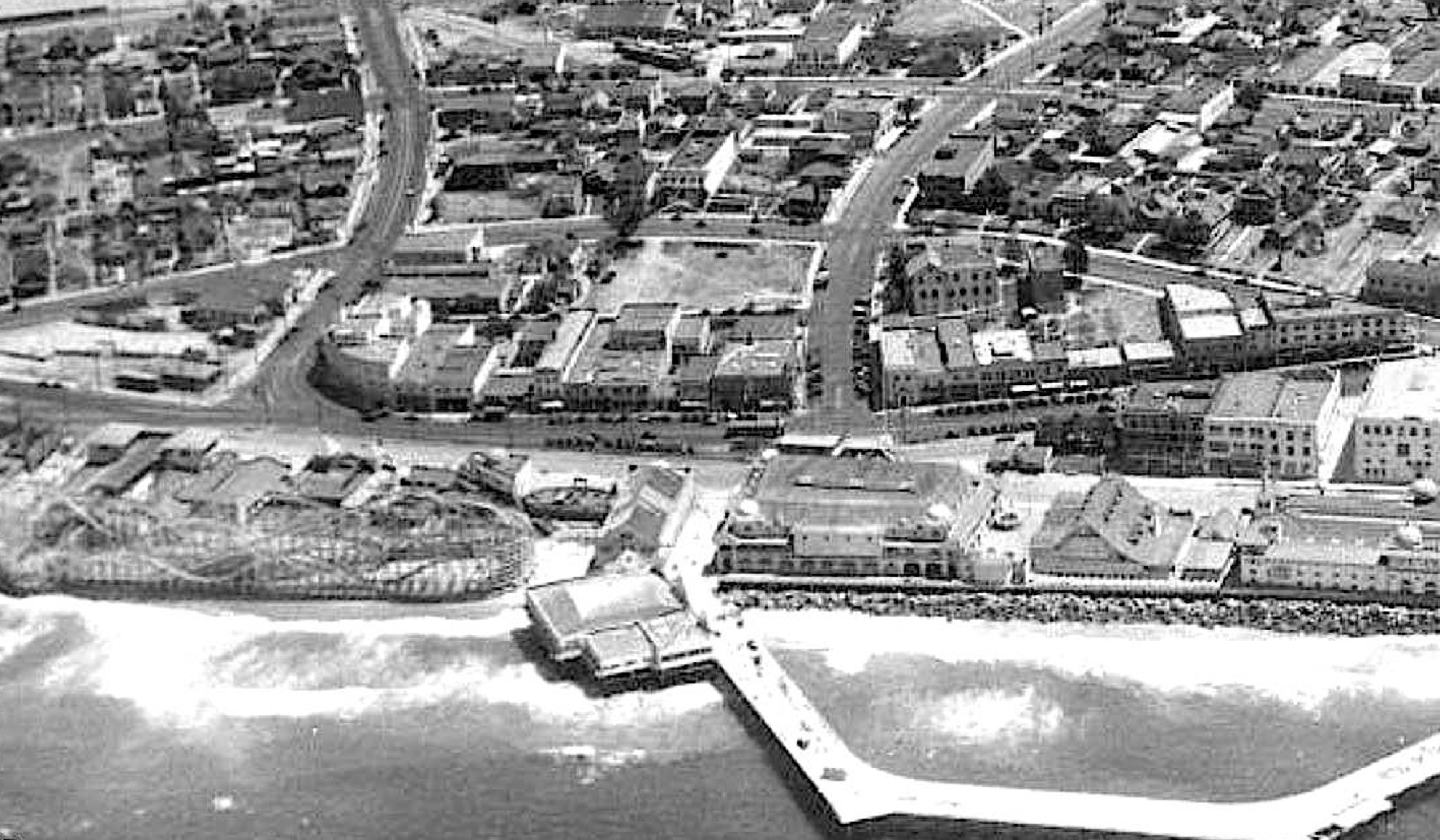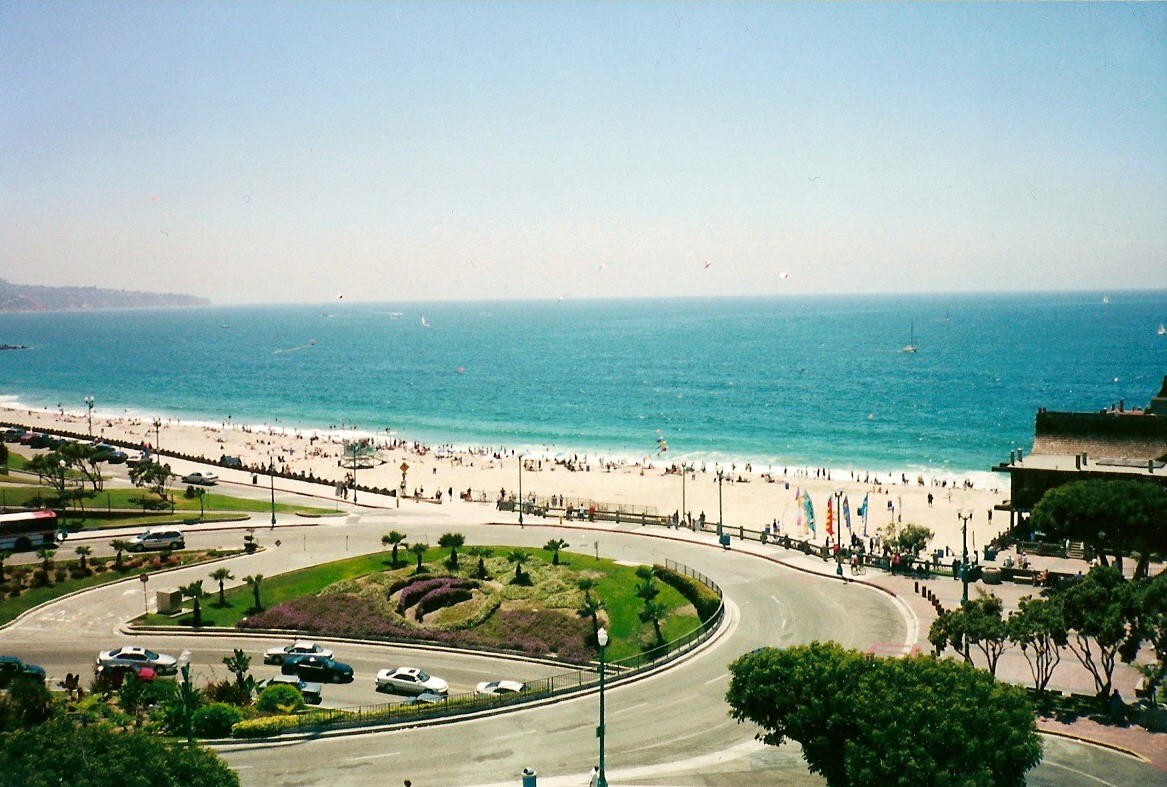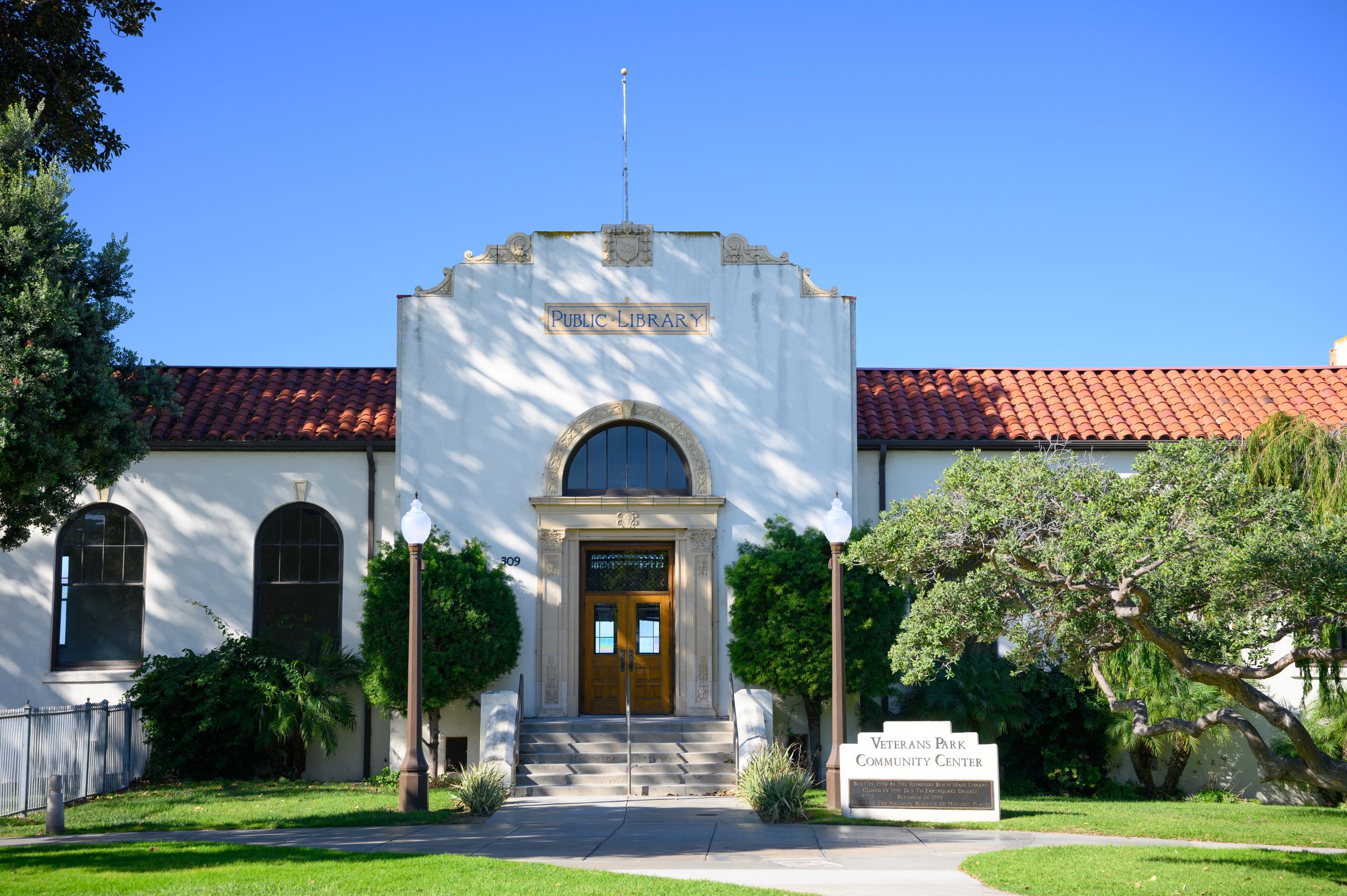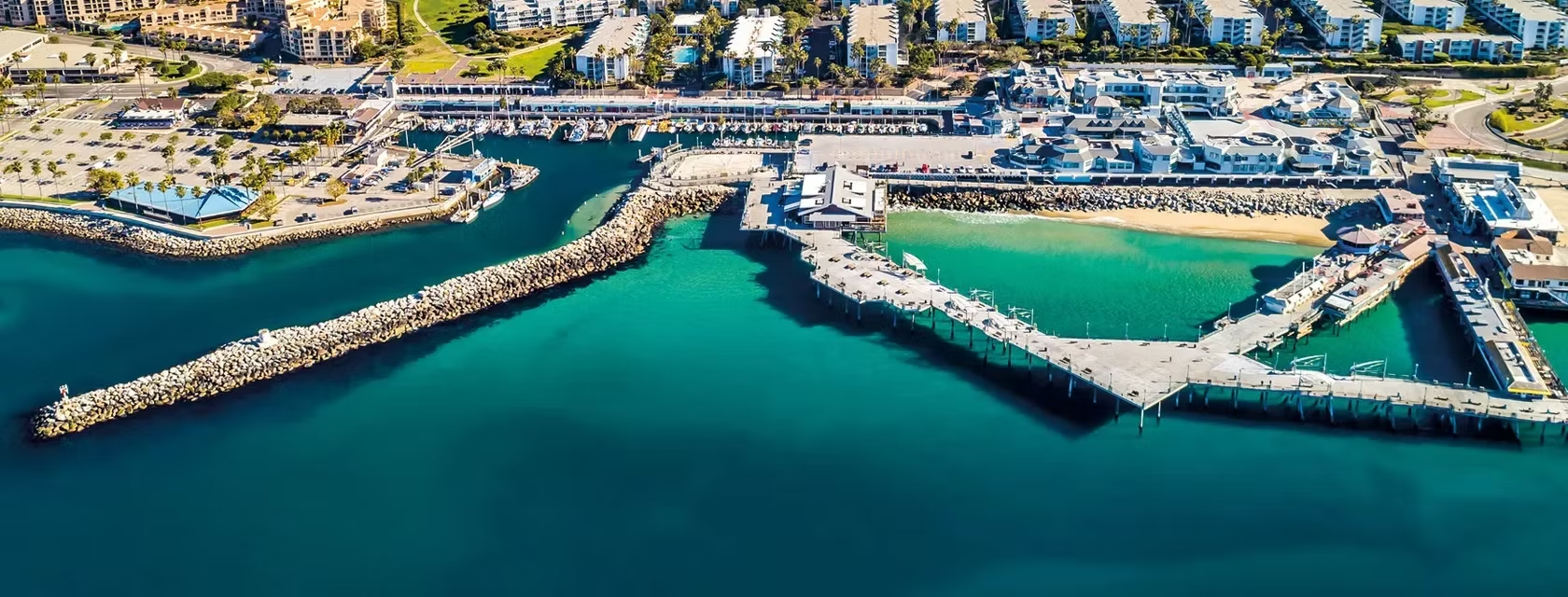Redondo Beach Through The Ages

Late 1800s: Pioneering Beach Resort Culture
Redondo Beach became one of LA’s first true beach resorts by the late 1880s, with the opening of the Redondo Hotel in 1890 and the creation of “Tent City” shortly thereafter. The Red Car (Red Line) electric trolley began transporting Angelenos to the beach in the early 1900s, contributing to a growing coastal tourism industry. By 1909, the city featured a massive, heated saltwater plunge and popular fishing piers, setting the tone for its enduring beach culture.

1907: George Freeth & the Birth of Surf Culture
In 1907, Hawaiian surfer George Freeth was invited by Henry Huntington to demonstrate wave-riding in front of the Redondo Hotel. He became the first person to surf on the U.S. main land and revolutionized ocean safety by introducing modern lifeguarding. Freeth also coached local Olympic-level swimmers and helped introduce water polo to the area by 1910, establishing Redondo as a hub of ocean sport innovation.

1930s: History of Sailboat Racing
Sailboat racing in Redondo Beach dates back to the 1930s, gaining structure with the founding of the King Harbor Yacht Club in 1949. The club nurtured a strong local racing tradition and hosted numerous regattas in the decades that followed, helping to define Redondo as a Southern California sailing destination.

1950s: South Bay Surf Scene & Legends
By the 1950s, Redondo Beach was a cornerstone of the booming South Bay surf culture. Legendary surfer Greg Noll, along with photographers Leroy Grannis and Doc Ball, helped capture and shape the aesthetic and attitude of postwar surf life. Redondo’s surf shops, shoreline, and personalities made it a central figure in the global surf movement through the 1970s.

1953: Dive N’ Surf & Body Glove Wetsuits
In 1953, brothers Bill and Bob Meistrell opened Dive N’ Surf in Redondo Beach and soon introduced one of the first commercially successful wetsuits under the Body Glove brand. Their innovation transformed cold-water surfing, allowing athletes to train and compete year-round, and firmly positioning Redondo as a center for water sports technology and entrepreneurship.

1960s: Lanakila & Polynesian Influence
In the 1960s, Redondo Beach deepened its connection to Polynesian water culture with the founding of the Lanakila Outrigger Canoe Club. Based in King Harbor, the club brought outrigger racing to the South Bay and continues to celebrate Hawaiian traditions through community events and competition, further blending Redondo’s beach lifestyle with Pacific heritage.

1963: Surf Music & National Fame
Redondo Beach reached national pop culture recognition in 1963 when the Beach Boys released “Surfin’ USA,” calling out Redondo and nearby Haggerty’s among the most iconic surf spots in America. This mention helped embed the city’s coastal identity into the national imagination and aligned it with the sound and spirit of 1960s Southern California.

2010s: Preservation & Community Growth
During the 2010s, Redondo Beach deepened its commitment to preserving local heritage. The Redondo Beach Historical Museum expanded its archives, adding school yearbooks, photographs, and early 20th-century artifacts that drew thousands of visitors annually. In 2012, the city celebrated the centennial of the Redondo Beach Public Library, a cornerstone of community learning and historical documentation. The Historic Resources Register was updated to include new architectural and cultural landmarks, reinforcing the city’s dedication to preservation.

2020s: Cultural Revival & Heritage Expansion
The 2020s ushered in a renewed focus on cultural identity and historical storytelling in Redondo Beach. In 2022, the city rebooted its “Path of History” initiative after a 12-year hiatus, installing new historical markers and planning expansion into North Redondo Beach. Cultural Arts programming gained momentum, with the Performing Arts Center and Historical Museum hosting storytelling events, anniversary shows, and heritage exhibits that celebrated the city’s diverse past. Redondo Beach also began spotlighting its Indigenous roots and surf culture through educational programs and community partnerships. Public celebrations like “Pumpkins by the Sea", "Halloween Trick or Treat Stroll", "Riviera Village Holiday Stroll", "Christmas Boat Parade", "Redondo Beach Super Bowl Sunday 10K", "Springfest", "LA Kings 5K & Hydrocephalus LA Walk", and the "Riviera Village Summer Festival", became annual traditions, blending cultural heritage with festive community spirit and reinforcing Redondo’s role as a hub of coastal culture and historical pride.





